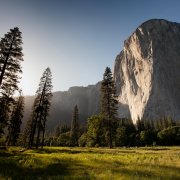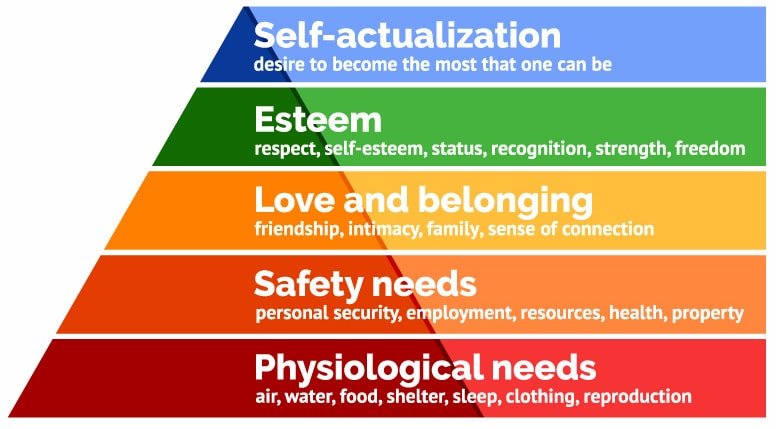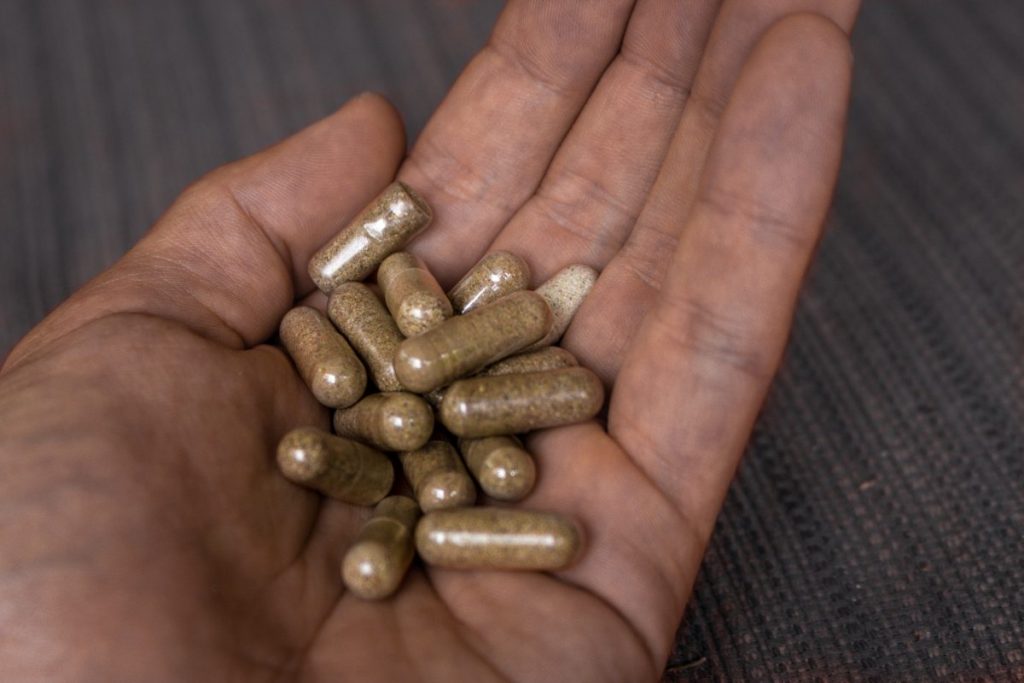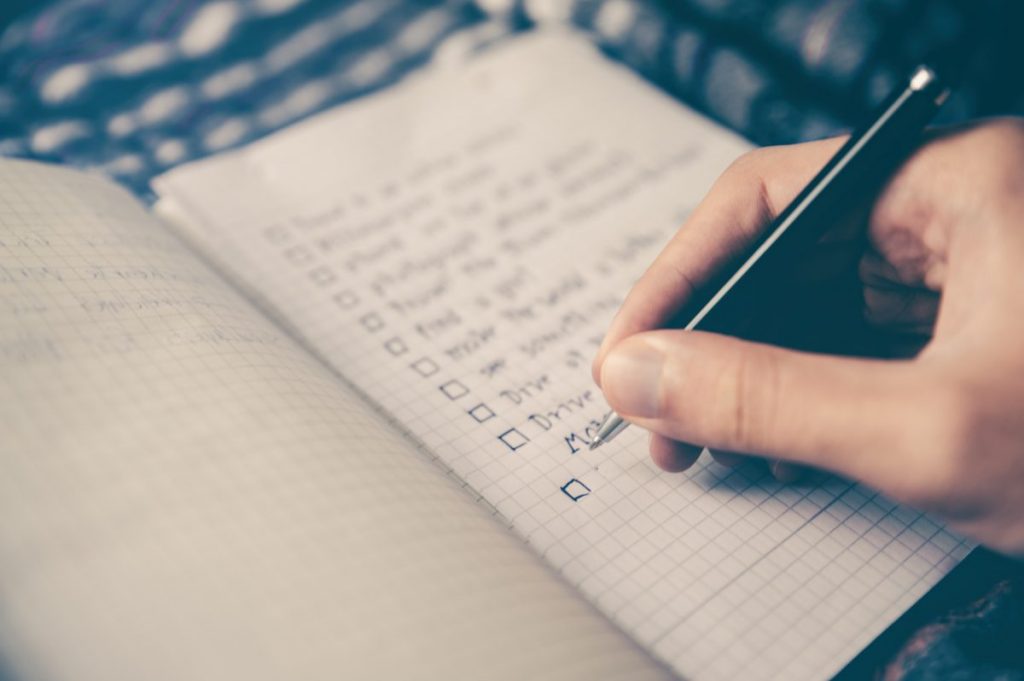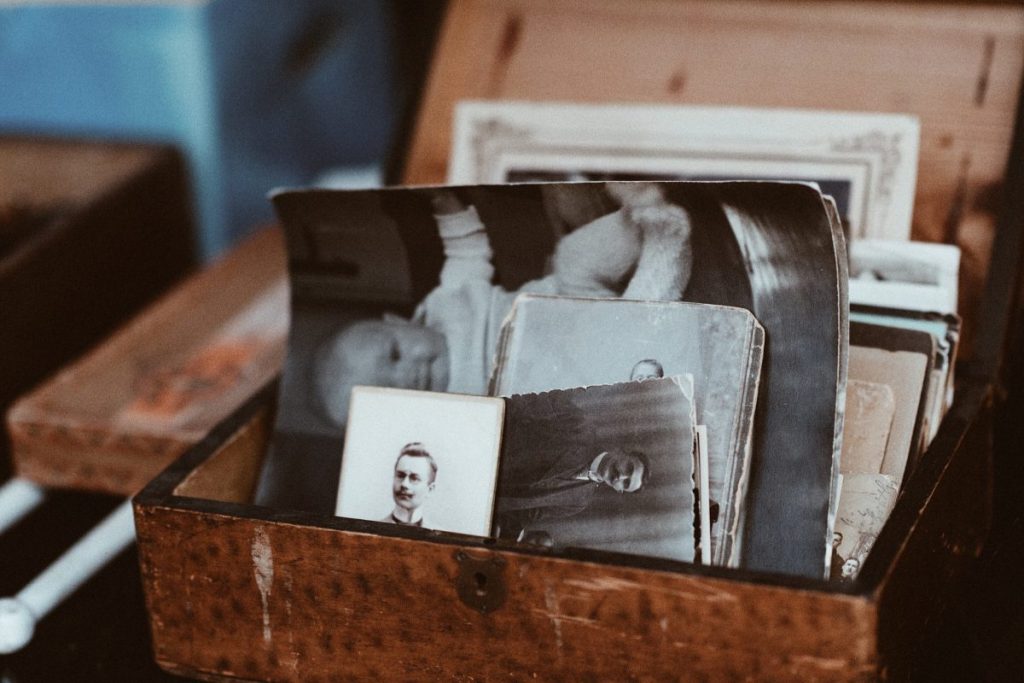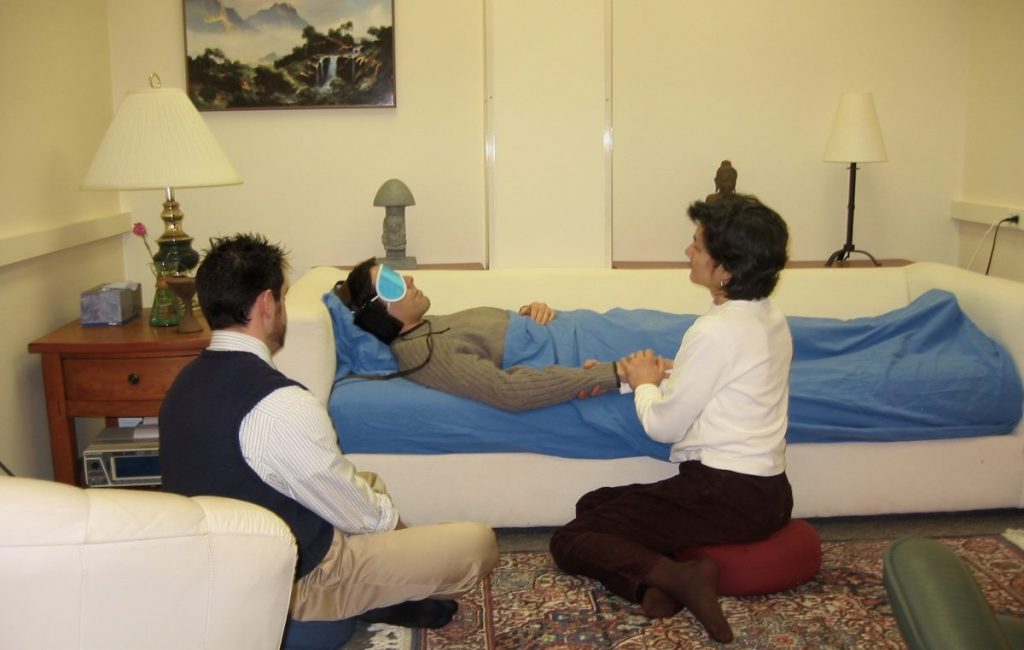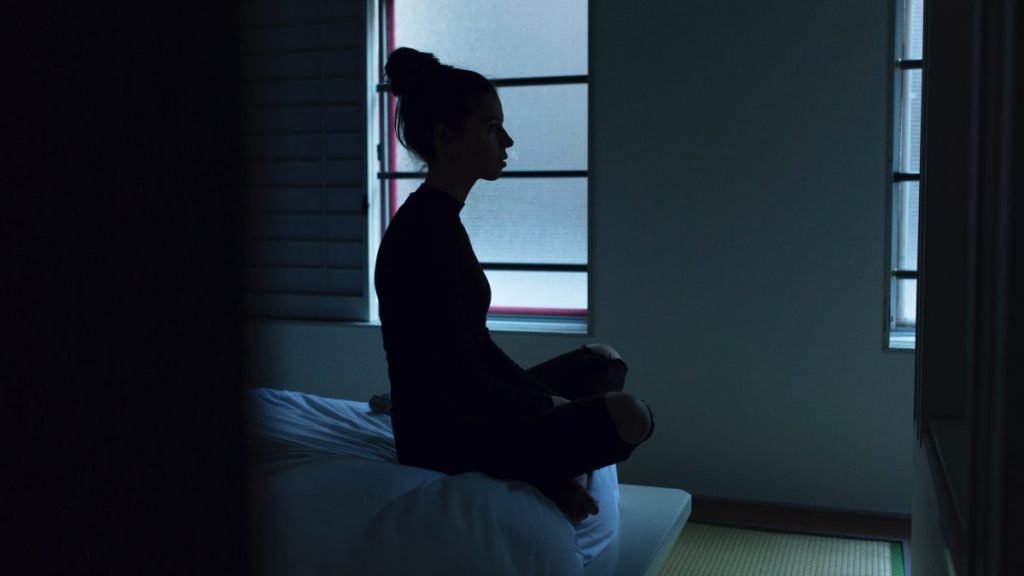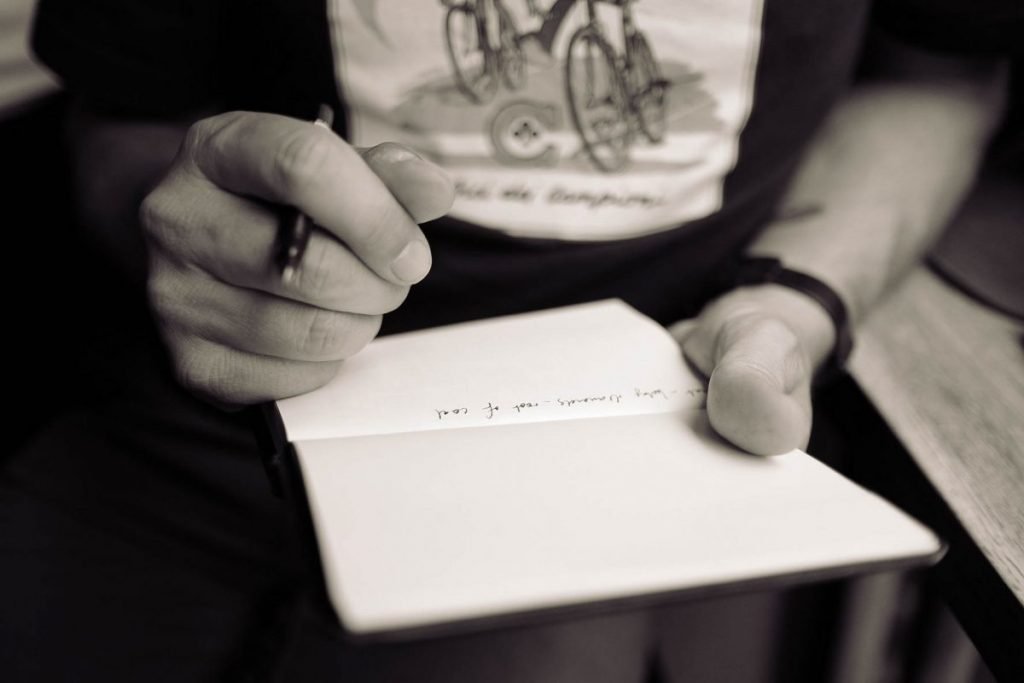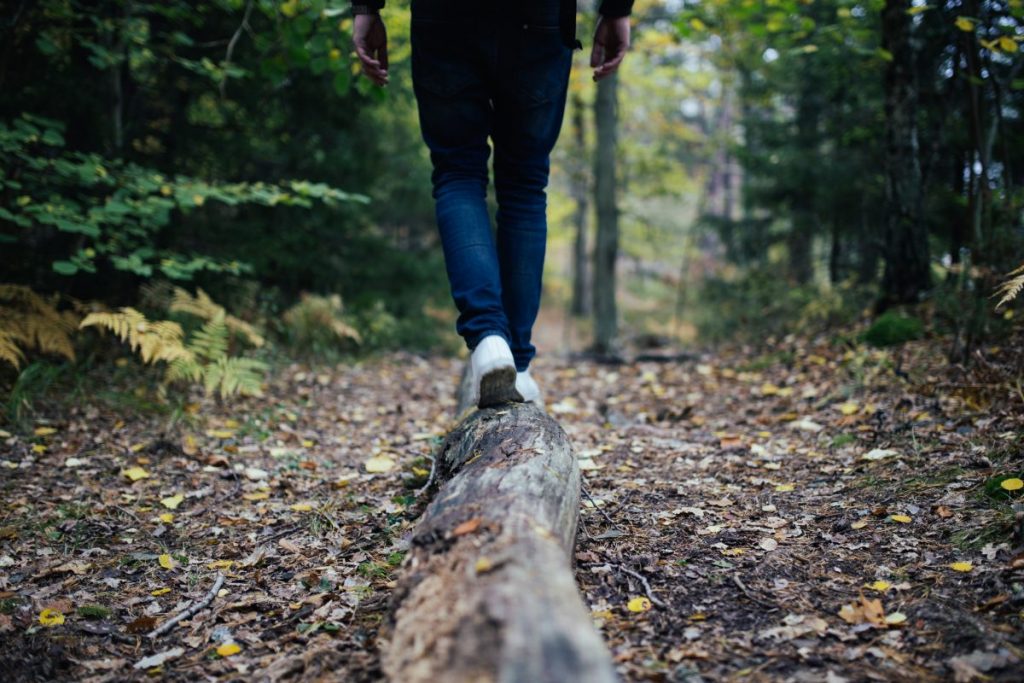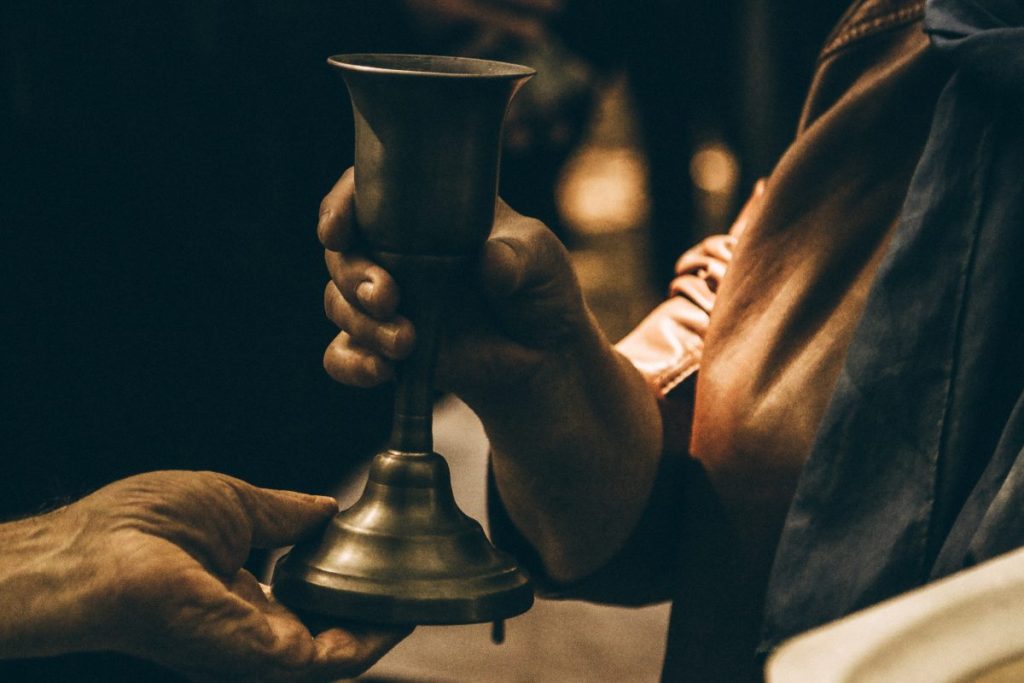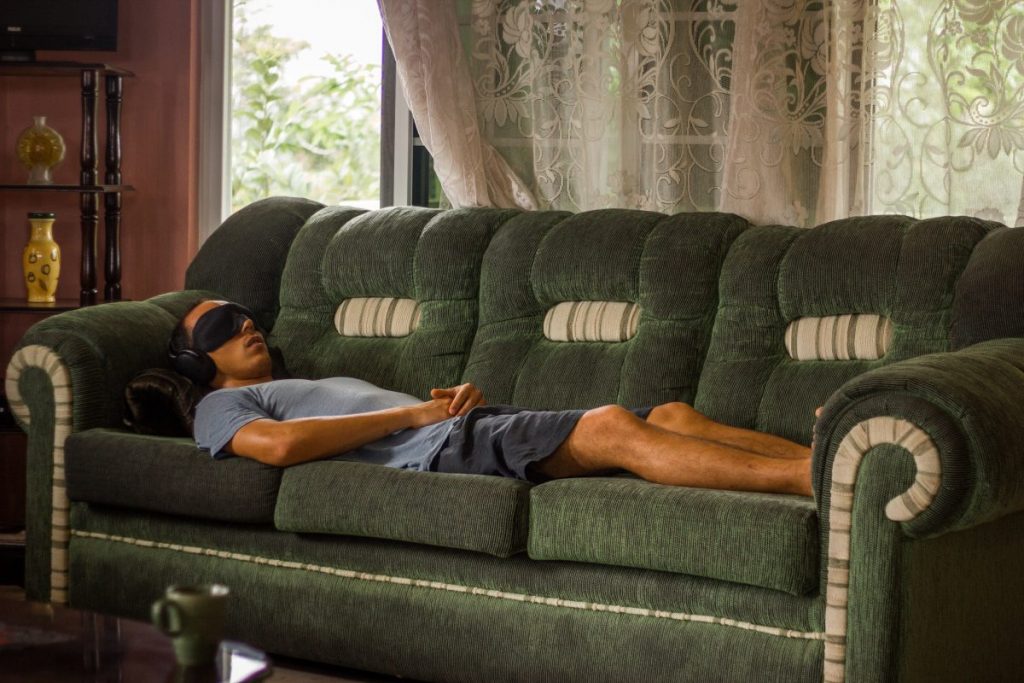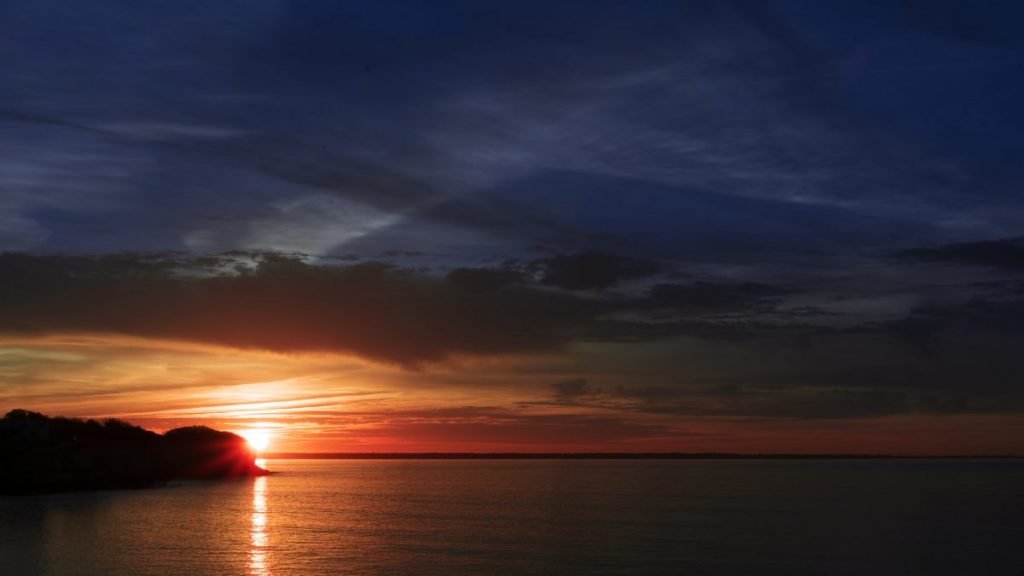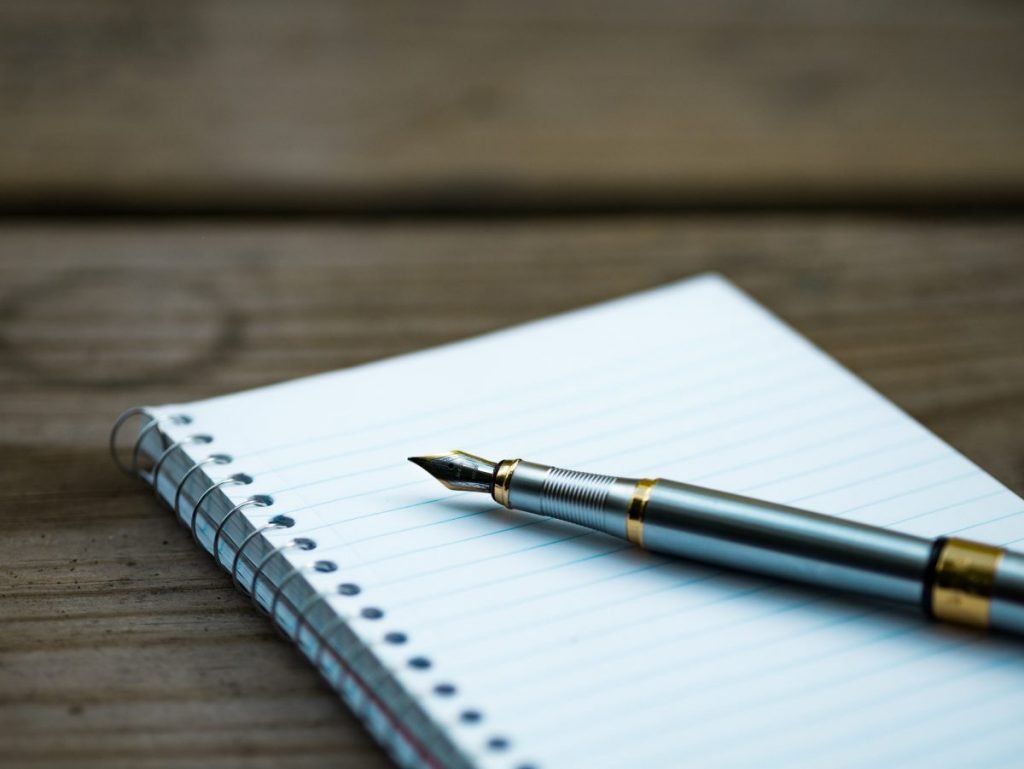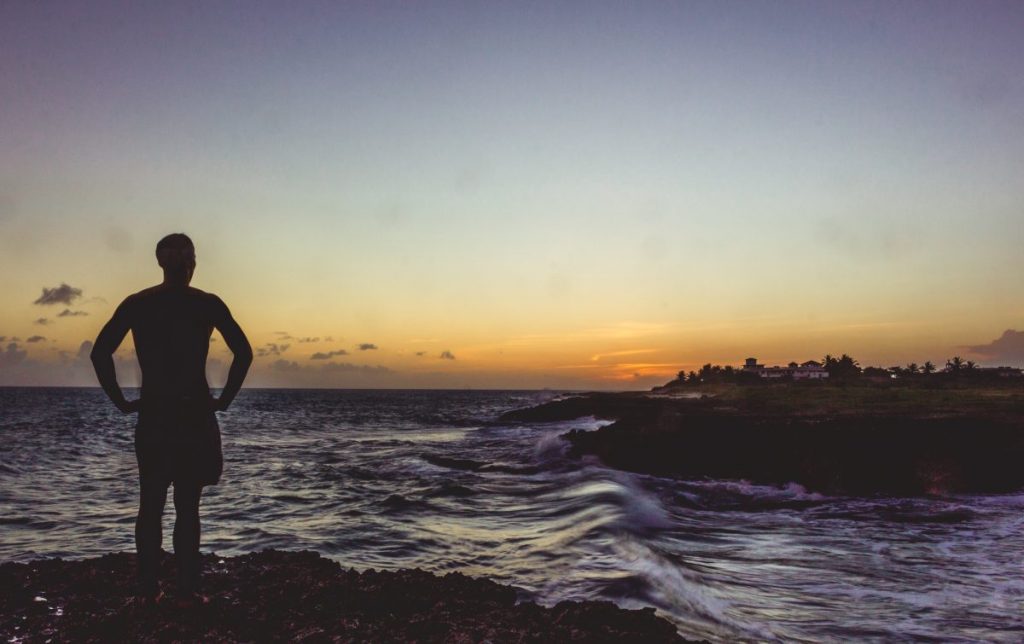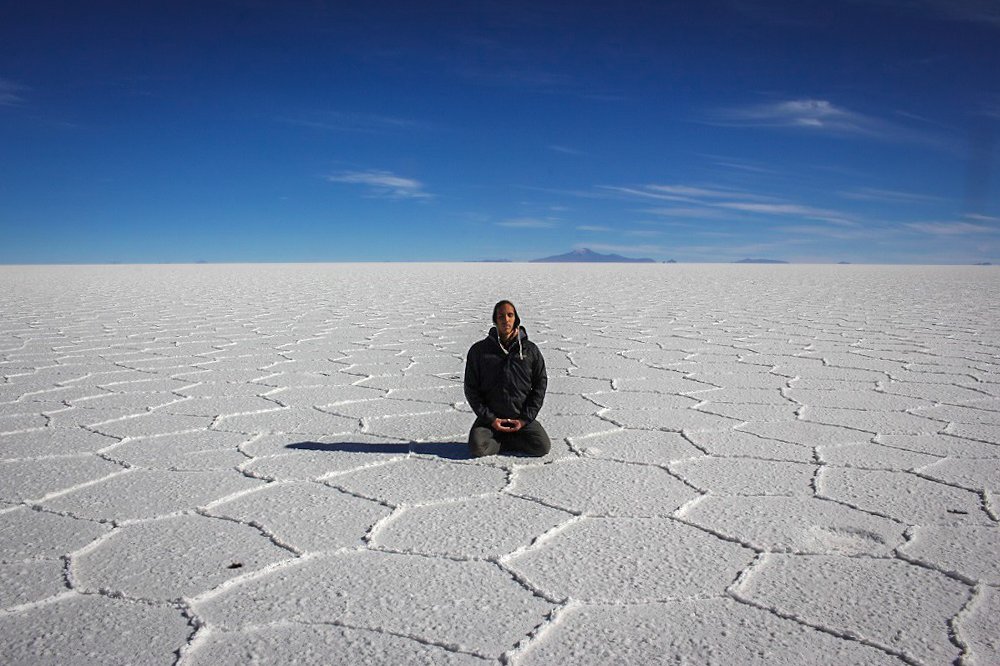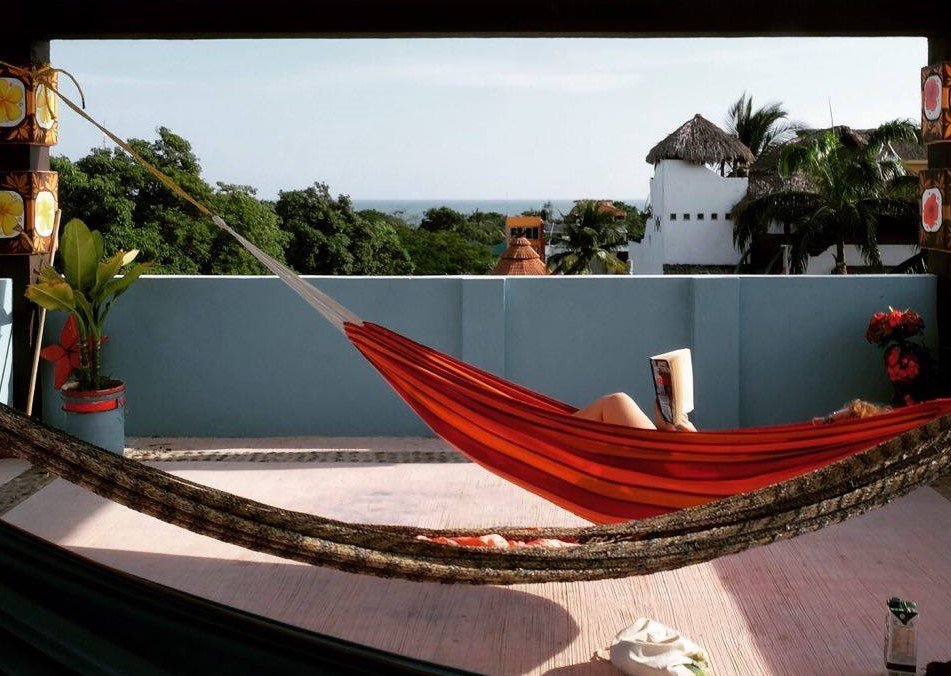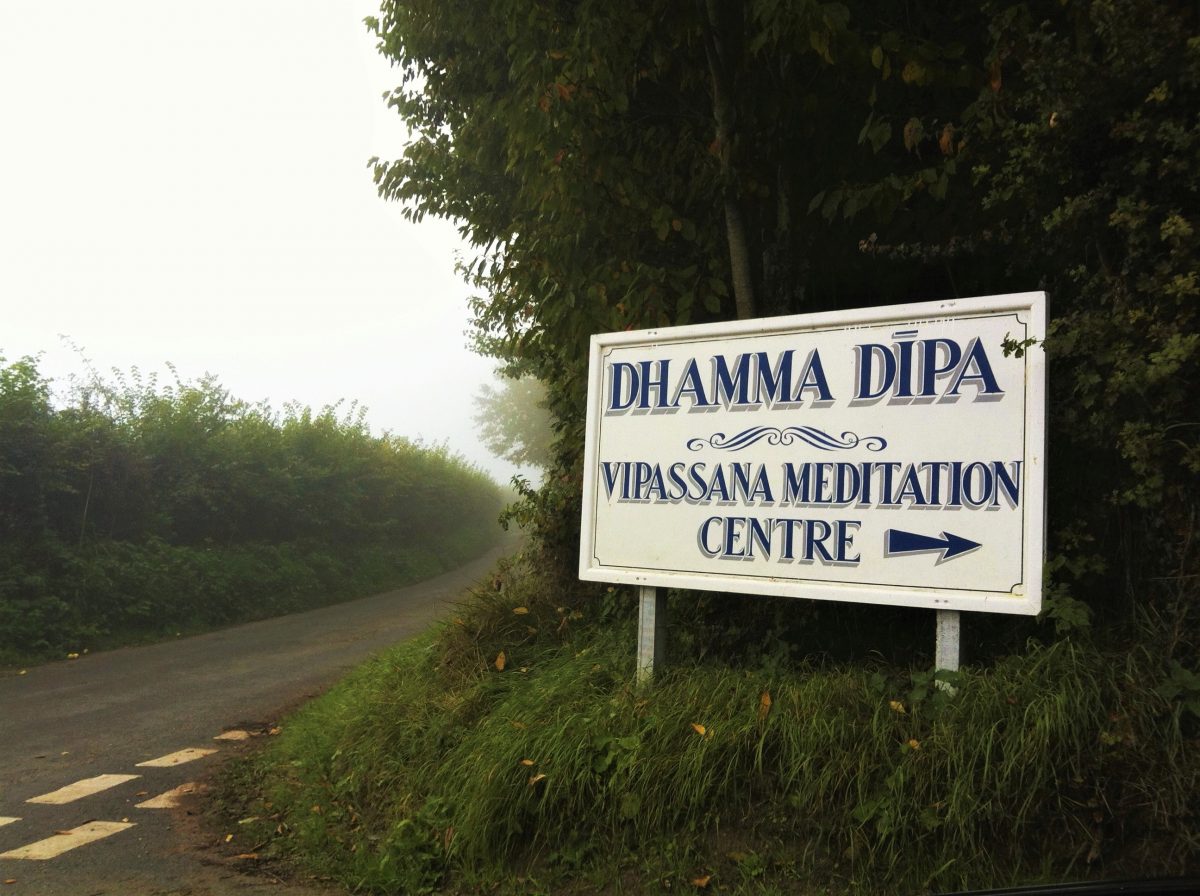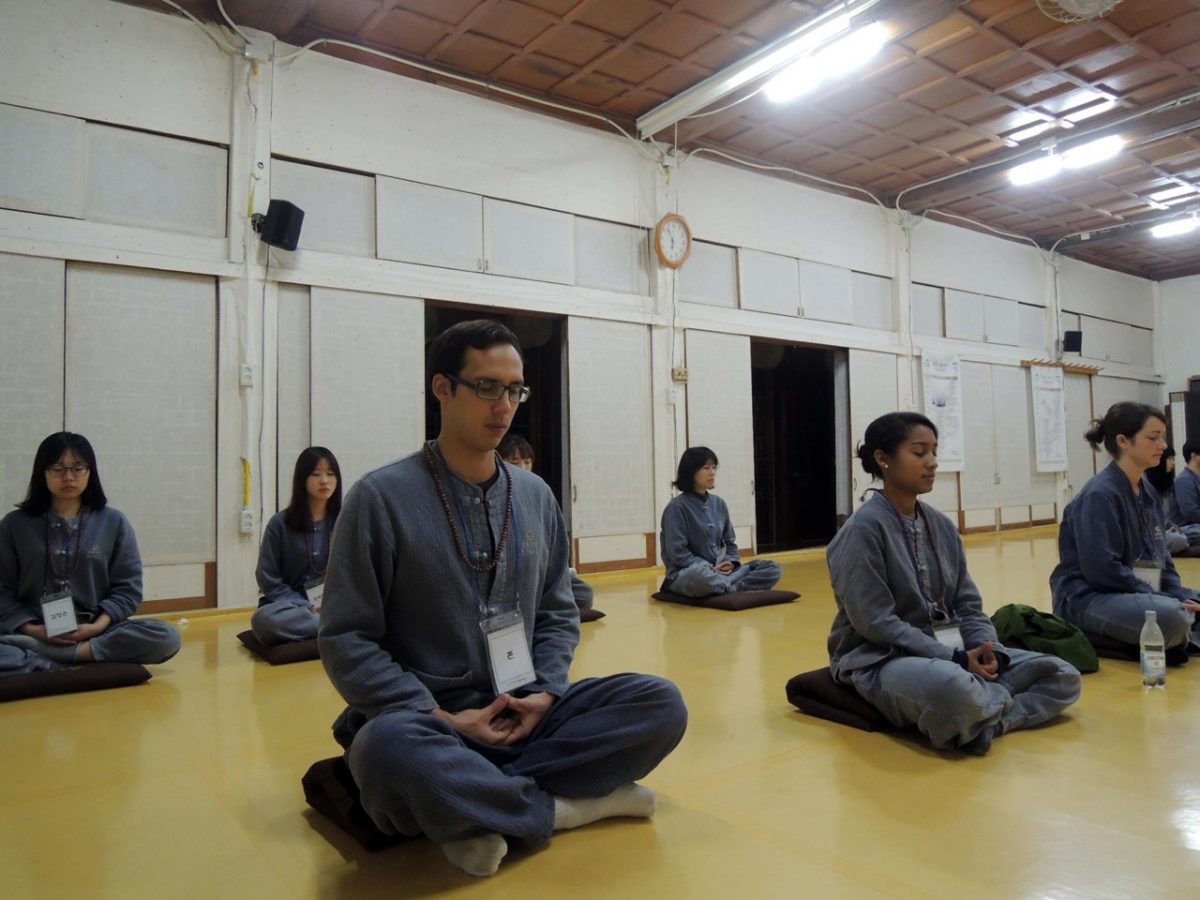Hello and welcome back for day two of PSYJuly! So, we are well and truly in the midst of a psychedelic renaissance, boom, even. How do we each go about navigating this chapter in human history? Today we have Leia Friedman with a step by step guide…
How to Survive the Psychedelic Renaissance
What will they say about this moment in time 25 years down the road? 100 years? 1,000 years? Will humanity survive for that long?
Clinical trials of psychedelic therapies show promising results. Public approval of and interest in psychedelics increases by the day. More and more jurisdictions have decriminalized psychedelics, some even all drugs. Venture capital pours into the psychedelic field.
Meanwhile, indigenous peoples face violence and a legacy of threat to their way of life from globalization, colonialism, extractive industries, climate change and more. The American public remains divided on issues of identity, equity, access and oppression. The number of suicides may match the rates we saw at the height of the Great Depression. The pandemic made it abundantly more clear that distribution of power in our human race is grossly disproportionate. Climate change charges forward, yet there is little sense of urgency to address it.
How can we embody the psychedelic values of oneness, exploration, connection and interdependence as this psychedelic renaissance unfolds?
From a political, social, ecological and psychological (OK, psychedological) lens, I offer some tips and prompts to help psychedelic activists, therapists, enthusiasts, researchers, and beyond as we traverse this uncharted territory.
-
Practice nonviolent communication
Nonviolent communication (NVC) is a technique that can help us embody self-connection, honest expression, empathic presence, self-empathy, and awareness of/right use of power. Learn more about the theory here, and a foundation of the practice here.
“We have to be called into our own healing sometimes. We have to be called out into the desert, to the wilderness, to do the work on behalf of others.”
In a podcast conversation on Finding Our Way, Lama Rod Owens, Buddhist teacher, author and activist, shares his concerns about healers not doing their own work. He quotes Whitney Houston: “show me the receipts.”
Lama Rod continues: “There are a lot of us who don’t have receipts. Who are trying to put our hands on people and heal them when in fact we’re the ones who need to be healed. It’s nothing more than a perpetuation of violence and trauma on the bodies around us.”
Indeed, we can do more harm if we try to heal others when we ourselves have not done our own work. It can be an ongoing process, an upward spiral; invest in your own healing, especially if your intention is to help others on their healing journey.
-
Learn about and engage in accountability
Accountability is the responsibility that we each have over our own behavior, especially behavior that impacts others around us and in our community.
Although psychedelics are regarded as having tremendous healing potential, psychedelic communities are not immune to consent violations, interpersonal and systemic harm and abuse.
A transformative justice facilitator once told me, “we don’t hold people accountable. People get to be accountable.” It is a privilege to have the opportunity to look at our harmful behaviors and get the support needed to change, even to repair harms what we have participated in in the past.
Before we can actually hold people accountable (or give them the chance to be accountable) in our communities and on a wider level, we need plenty of practice with accountability in our own social circles and with our trusted loved ones.
Have you ever taken a trip and felt the planet supporting you? Or looked at a tree and watched the leaves shimmer, felt the trunk breathing, heard the gentle hum of water moving up the roots and spreading through the branches? Nature is all around us, giving life to us, sustaining us, teaching us about ourselves. Studies (like this one and this one) have shown that psychedelics can increase our nature relatedness. This is so incredibly important, especially now as the consequences of human activity run the risk of destroying the delicate ecosystem on our spaceship, mother earth.
Side note: a carpenter ant crawled up my arm just as I finished writing this paragraph. 🙂
Modern society seems determined to disconnect us from ourselves. Taking time and space to connect with yourself and nurturing the connection between your body, mind and spirit is a revolutionary act.
A guideline that I try to live by is that I am responsible for my own emotions, needs, boundaries and desires. (Side note.. It is challenging AF to actually do this). In order to uphold this commitment, I need to prioritize connecting with myself enough that I can be aware of those things and advocate for them appropriately.
If you have little or no connection or awareness of your ancestors, know that we all have roots that were once deeply intertwined with land and tradition.
Through the colonization of ancient Europe over the last 2,000 years, my ancestors were separated from their traditional ways of being. Millions of “witches” were burned for working with the healing power of plants. I believe that some of my relations (and their knowledge of plant healing ways) perished in those fires.
Rather than communing with nature, the cosmos, and the spirit and tradition of my people, I prayed to the gods of media, capitalism and superficial beauty standards for the first 24 years of my life, until I began working with psychedelics.
Studying permaculture, engaging in my own anti-racism and anti-oppression work, and sitting in tender presence with the fragility that still arises in me sometimes has been part of my process of finding belonging. Psychedelics and psychedelic community has taught me that it is never too late to come back to who I am and where I come from. It is a painful and intimidating process, but worthwhile.
If you, too, are disconnected from your lineage, I invite you to embark on the psychedelic journey of looking back to find your roots. You may also want to explore the idea of tending to your relationship with your ancestors.
-
Listen to, support and co-conspire with indigenous people
Many psychedelic plant medicines have been stewarded by indigenous cultures for hundreds, if not thousands, of years. I offer thanks to the wisdom keepers, the water protectors and the healers.
Have these peoples consented to the widespread use and commodification of their sacred traditions? Will the money being generated by this psychedelic gold rush actually end up back in the hands of those who we have to thank for these medicines? Can the psychedelic renaissance stop the spread of colonization and the devastation of people, land, wisdom and culture that comes with it?
I don’t know about you, but I went through 13 years of public education, 4 years of undergraduate education at a state school and 2 years of grad school and I never once learned about the genocide of indigenous people on this continent. Colonization wasn’t a word in my vocabulary until I deliberately sought to learn about it.
Psychedelic communities must talk about colonization. Equally as important, recognize that decolonization can only be done in collaboration and alliance with indigenous peoples. Our groups, conferences, and organizations should become accurately informed about the true history of the plant medicines and the people that they come from, and committed to justice and equity as we move forward.
If you don’t already know, learn about the land you are on because sure enough, it once was stewarded by peoples who may still be struggling for their autonomy and continued existence amidst increasing deforestation, development and destruction of the land and their ways of life. It will probably be painful to recognize the reality if you don’t see it already, so be sure to tend to your own body and nervous system as you learn how to be a better ally and co-conspirator.
And please, listen to indigenous people.
-
Recognize that all of these issues, including our personal traumas, can be traced back to capitalism
I believe it to be true, and I don’t have the capacity to unpack it all here. But I will say this..
If you are free, if you have access to resources, if you were born into a body that this society confers certain privileges to, let’s use that to help usher in a new era of collective liberation and healing.
Kai Cheng Thom writes,
“I think the major difference between a social justice and a white/colonial lens on trauma is the assumption that trauma recovery is the reclamation of safety—that safety is a resource that is simply ‘out there’ for the taking and all we need to do is work hard enough at therapy.
“I was once at a training seminar in Toronto led by a famous & beloved somatic psychologist. She spoke brilliantly. I asked her how healing from trauma was possible for people for whom violence & danger are part of everyday life. She said it was not.
“Colonial psychology & psychiatry reveal their allegiance to the status quo in their approach to trauma: that resourcing must come from within oneself rather than from the collective. That trauma recovery is feeling safe in society, when in fact society is the source of trauma.”
How much longer can we operate under this lie that if we just work hard enough, we’ll be safe, healed, and whole? In the words of Rev. Dr. Martin Luther King, Jr. “no one is free until we are all free.” Let’s embody this truth in our healing work, our organizing, and our actions.
I am a queer, white, jew-ish, middle class, college-educated cis-woman with US citizenship. I can use the privileges that I have to protect others and fight to change the conditions under which such gross inequity currently exists in our society. I can put my body on the line and use my voice to advocate for access to psychedelic therapies for people belonging to historically marginalized identities.
Reciprocity in the Quechua language is Ayni, meaning “today for you, tomorrow for me.” In the spirit of ayni, perhaps you can support the roots of the psychedelic movement. You may be in a position to offer financial support, especially to BIPOC-led projects and organizations, and those that have meaningful relationships with indigenous and traditional plant medicine communities. Let’s stand in solidarity through activism and advocacy, not charity or pity. Check out this list of foundations and initiatives that are engaging in sacred reciprocity.
Conclusion
This blog post isn’t about how you can survive the psychedelic renaissance. It’s about how we, as one human family, can survive and thrive, together in balance with the rest of the planet.
The more that I do this work, the more I feel my ancestors encouraging me and guiding me in the directions of my own continued healing, and toward that fulfilling the dream of a collective liberation and belonging for all beings.
May we thank the plants, animals, and fungi, and give back their right to take up space and thrive.
May we all put our efforts toward achieving balance again.
May we look within ourselves and find belonging.
May we look at each other and see common humanity in the shared struggles, hope and dreams reflected back to us.
May we contribute to a culture of freedom, agency and reciprocity, where all people can access nourishing food, clean water, good medicine, and room to grow, play and explore.
May we all vision and manifest the more beautiful world our hearts know is possible.
May all the beings in all the world be happy, peaceful and free.
–
About Leia
Leia Friedman loves to connect the dots as a teacher, writer, and permaculturist. Born and raised in Lowell, MA, Leia obtained her master’s degree in Clinical Psychology from Rivier University and worked as an in home therapist before psychedelics turned her world inside out. She is now a psychedelic integration facilitator, a student in psychedelic somatic interactional psychotherapy (
PSIP), a trainee in restorative and transformative approaches to conflict, a budding herbalist, and the host of a podcast called
The Psychedologist: consciousness positive radio. Leia holds her permaculture design certificate from Starhawk’s Earth Activist Training, a program that emphasizes social permaculture and spirituality in regenerative land care. Leia has written for Wiley Encyclopedia, Psymposia, Lucid News, Psychable and DoubleBlind on topics relating to consciousness through the lens of social and environmental justice. You can find her teetering on a slack line in Costa Rica, up to her elbows in dirt from working in the garden, or nose in her laptop, grading papers for her psychology students.


